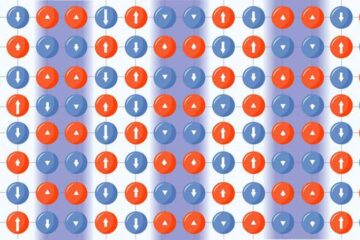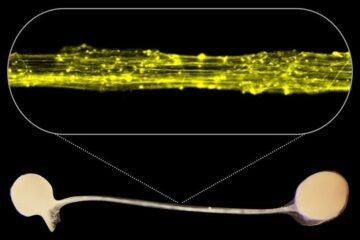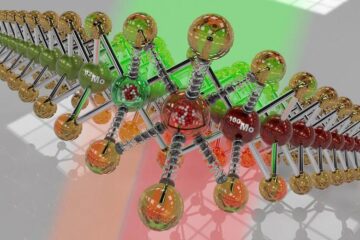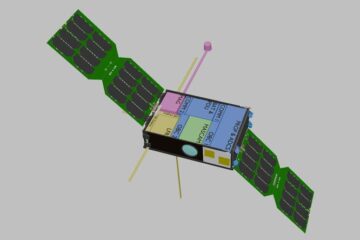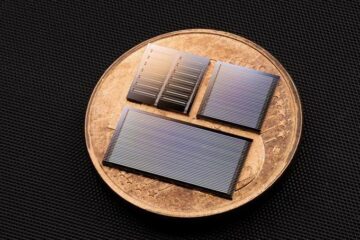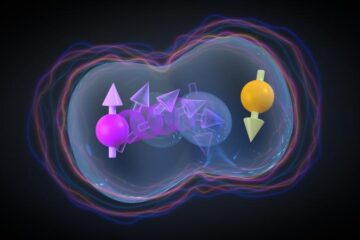Latest News

160 Million-year-old Vomit Reveals Dietary Secrets Of Jurassic ’dinosaur’
The world`s oldest fossilised vomit, believed to have come from a large marine reptile that lived 160 million years ago, has been discovered in a clay quarry in Peterborough by the University of Greenwich`s Professor Peter Doyle and Dr Jason Wood of the Open University.
The vomit contains the remains of dozens of belemnites – squid-like shellfish that lived in abundance in the seas around what is now Britain. The belemnites were eaten in great numbers by ichthyosaurs, large marine reptiles (

New Research Shows Just How Much We Hate Winners
New research by economists at the Universities of Warwick and Oxford has provided surprising information on just how much people hate a winner. It also shows what lengths human beings are prepared to go to damage a winner out of a sense of envy or fairness.
The researchers, Professor Andrew Oswald of the University of Warwick and Dr Daniel Zizzo of Oxford, designed a new kind of experiment, played with real cash, where subjects could anonymously “burn” away other people’s money – but only a

Exploding star strafed Earth
A supernova may have caused mass extinction two million years ago.
The explosion of a dying star could have ended much of marine life on Earth two million years ago. The supernova could have strafed the Earth’s atmosphere with cosmic rays, severely damaging the ozone layer and exposing living organisms to high levels of the Sun’s hazardous ultraviolet rays, US researchers propose 1 .
This idea dates back to the 1950s, but now Narciso Benítez of Johns Hopkins
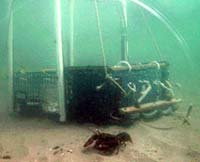
Crustacean brawls caught on camera
Underwater video reveals lobsters behaving badly.
A lobster-pot is more like a Wild West saloon than a cunningly laid snare. Lobsters show up for food and a fight, and only the unlucky few get reeled in, underwater video footage is revealing.
Camera recordings show that lobster traps catch a mere 6% of the animals that enter them. The result suggests that lobsters’ rowdy behaviour could be confusing attempts to count and size them, and so to manage the fishery 1

Study Suggests Cloned Mice Die Early
Ethical considerations aside, a major issue in cloning is whether or not clones are as healthy as normally conceived animals. The evidence so far has been mixed. Some cloned cows have received clean bills of health, but Dolly suffers from premature arthritis, and many cloned animals are obese. According to a report published online today by the journal Nature Genetics, mice cloned from somatic cells fare particularly poorly. Indeed, the study found that cloned mice had significantly shorter life span

Scientists catch cold
New skin receptor is the tip of the iceberg.
A snowball in the face or a chilly breeze around the ankles opens a molecular trap door in our skin’s nerve cells, two studies now show 1 , 2 . A third suggests that this, the first cold sensor to be identified, is just the tip of the iceberg 3 .
How sensory neurons detect a drop in temperature is very hard to study because it affects so many cell processes.
David Julius of


